Introduction
Brook Danielle Lillehaugen
1. About Caseidyneën Saën
Caseidyneën Saën is a volume of open access, pedagogical resources centered on an archival corpus of Valley Zapotec-language materials created during the Mexican Colonial period. It is the product of an active, ongoing collaboration involving Zapotec and non-Native scholars as well as Zapotec community members. Zapotec people (both in the United States and Mexico) were foundational in the development of these materials, as co-editors of the volume, and as authors of chapters. Caseidyneën Saën is made freely available via Pressbooks through the Ticha Project (Lillehaugen et al. 2016, Broadwell et al. 2020) and is accessible directly from the Ticha webpage.
Zapotec languages are spoken in the state of Oaxaca in Mexico and by diaspora communities throughout Mexico and the US, especially in the greater Los Angeles area. Zapotec speakers face discrimination in Mexico and Zapotec language and knowledge is given little or no place in Mexican public education, even where the majority of the population is Zapotec. Today, fewer and fewer children are learning Zapotec.
Caseidyneën Saën brings a corpus of endangered language texts to learners across the English and Spanish reading world and does so in a way that celebrates Zapotec knowledge, practices, and continued fight for survival and recognition. Caseidyneën Saën elucidates this complicated corpus of colonial texts as a resource for contemporary Zapotec communities and the general public. These pedagogical materials also have a dual role of advocacy that is deeply intertwined in their creation, content, and use. The chapters of Caseidyneën Saën highlight the linguistic, historical, and cultural value of these texts, and are intended to promote research into Zapotec culture, language, and history by introducing newcomers to the rich corpus of Zapotec-language archival materials.
2. A Note on Collaboration and Authorship
Authors and editors
The work presented here and in the Spanish language edition of this volume represents the communal work of at least 30 individuals. This of course is difficult to represent in typical authorship structures. While we list seven editors of this volume and two primary authors of the chapters, all of the work benefited from many hands and many hearts.
The editors read and gave feedback on every chapter multiple times over the course of the development, contributed to grant writing, and played significant managerial roles in the development of these resources. Short biographies of the editors can be found in the following pages. The editors are listed using the following guide: first the three Zapotec editors are listed in alphabetical order, then the other editors are listed in alphabetical order, with Lillehaugen, as project director, listed last; the volume can be cited as:
Flores-Marcial, Xóchitl, Moisés García Guzmán, Felipe H. Lopez, George Aaron Broadwell, Alejandra Dubcovsky, May Helena Plumb, Mike Zarafonetis, and Brook Danielle Lillehaugen, (eds.). 2021. Caseidyneën Saën – Learning Together: Colonial Valley Zapotec Teaching Materials. Online: http://ds-wordpress.haverford.edu/ticha-resources/modules/.
Primary authors are listed for each chapter. This author was the primary person (or people) responsible for envisioning, drafting, and revising the chapter. Each chapter can be cited individually, such as:
Plumb, May Helena. 2021. Ticha. In Caseidyneën Saën – Learning Together: Colonial Valley Zapotec Teaching Materials, ed. by Flores-Marcial et al. Online: http://ds-wordpress.haverford.edu/ticha-resources/modules/chapter/ticha-pedagogical-unit-1-introduction-to-the-ticha-project/.
Additional Zapotec collaborators
In addition to the Zapotec authors and editors of this volume, there were over 26 Zapotec individuals who directly contributed to the development, testing, and revision of these resources. They are members of Zapotec communities living in both Oaxaca and in the diaspora, including Oaxacalifornia. These individuals are academics, students, communal land owners, teachers, artists, musicians, local leaders, and activists. Many had extended contributions to this work, for example though participating in one of the Conversatorios, through which the chapters were reviewed in detail and discussed in community; these individuals are, in alphabetical order:
- Nelly Benitez (Yalalag)
- Janet Chávez Santiago (Teotitlán del Valle)
- Luis Gustavo Cruz Cruz (San Felipe Güilá)
- Sara Cruz López (Díaz Ordaz)
- Laura Curiel (San Lucas Quiaviní)
- Javier Curiel Nuñez (San Lucas Quiaviní)
- Veronica Fabian Alvarado (Díaz Ordaz)
- Rogelio Hernandez Sernas (Santiago Matatlán)
- Jonatan Gama (Santa Ana del Valle)
- Gustavo Garcia (San Baltazar Chichicapam)
- Noel Alejandro García Juarez (Teotitlán del Valle)
- Sandra Ruth Gomez Sernas (Santiago Matatlán)
- Jasmine Lopez (Santa Maria Yalina)
- Geraldina López Curiel (San Lucas Quiaviní)
- Norma López Curiel (San Lucas Quiaviní)
- Everardo López Hernandez (Santiago Matatlán)
- Iris Mabel Juan Lopez (Díaz Ordaz)
- Edith Matias (Díaz Ordaz)
- Jose Angel Morales (San Bartolomé Quialana)
- Yaneth Molina (San Blas Atempa)
- Silvia Reymundo Hernandez (San Bartolomé Quialana)
- Aurora Sanches Gomes (San Bartolomé Quialana)
- Juan Prospero Sanchez Hernandez (San Bartolomé Quialana)
- Ignacio Santiago (San Felipe Güilá)
- Leonardo Santaigo Galvan (Díaz Ordaz)
- Maria Velasco (San Francisco Yatee)
As noted, these individuals represent 12 Zapotec pueblos in the Valley, the Isthmus, the Sierra Norte, and the Sierra Sur, specifically:
- Díaz Ordaz
- San Baltazar Chichicapam
- San Bartolomé Quialana
- San Blas Atempa
- San Felipe Güilá
- San Francisco Yatee
- San Lucas Quiaviní
- Santa Ana del Valle
- Santa Maria Yalina
- Santiago Matatlán
- Teotitlán del Valle
- Yalalag
Undergraduate research assistants
This volume, like Ticha itself, could not have been possible without the creative and dedicated undergraduate research assistants from Haverford (HC), Bryn Mawr (BMC), and Swarthmore (SC) Colleges who contributed to its development:
- Kimberly Aguero (HC ’22)
- Ian Davis (HC ’22)
- Eloise Kadlecek (BMC ’22)
- Collin Kawan-Hemler (HC ’22)
- Filip Kesicki (HC ’23)
- Marcos A. Padrón-Curet (HC ’23)
- Tomas Paris (HC ’21)
- Heewon Park (SC ’21)
Translators
Many of the individuals listed in the sections above were involved in helping to make sure Caseidyneën Saën was accessible in both English and Spanish. In addition to those already mentioned, Laura Dubcovsky worked to translate into Spanish and edit Spanish translations. `¡Muchísimas gracias!
Instructors
The editors of this volume used drafts of the chapters in their teaching. In addition, the following instructors generously provided us invaluable feedback about their experience reviewing and/or teaching with drafts of these chapters: Melanie Arias and Laura Gonzales. Thank you!
3. Blog series
Throughout the creation of these materials, members of the team partnered with Global SL and the Community-Based Global Learning Collaborative to blog about their experiences from a range of perspectives. The blogs posts were first posted to the Campus Compact Global SL blog page and then later posted in English and Spanish on the Ticha Project webpage.
These blogs posts listed below are authored by a diverse range of participants involved in creating Caseidyneën Saën:
- January 2020, Brook Lillehaugen, Long awaited beginnings: Ticha: advancing community-engaged digital scholarship.
- February 2020, Xóchitl M. Flores-Marcial, Indigenous voices in pedagogical materials: Zapotec number systems and Indigenous epistemologies.
- March 2020, Collin Kawan-Hemler, Undergraduate uncertainties: joining Ticha and rethinking plans.
- July 2020, Felipe H. Lopez, Recovering knowledge through forgotten words.
- August 2020, Eloise Kadlecek, Social media and Zapotec language.
- August 2020, Moisés García Guzmán, 2020 Conversatorios on Colonial Zapotec.
- September 2020, Heewon Park, Increasing access to knowledge through TEI encoding.
- October 2020, Mike Zarafonetis, Lowering barriers to access by raising understanding.
- November 2020, Jasmine Lopez, Oaxacalifornia virtual life: reproducing Zapotec culture and language.
- February 2021, Maria Velasco Vasquez, Building a virtual Zapotec community: a perspective from Koreatown, Los Angeles.
- March 2021, Brook Danielle Lillehaugen, The collaborative creation of open educational materials as a pedagogical practice and act of resistance.
- April 2021, May Helena Plumb, Lessons from Caseidyneën Saën: creativity, resilience, and collaborative scholarship.
4. Conference presentations
We reflect on the process of creating Caseidyneën Saën and the resulting resource in the following conference presentations:
- Lillehaugen, Brook Danielle, Xóchitl Flores-Marcial, May Helena Plumb*, George Aaron Broadwell, & Felipe H. Lopez. 2021.Recovering Words, Reclaiming Knowledge, and Building Community: Ticha Conversatorios. Digital Approaches to Recovering Colonial-Era Cultural Heritage Material of Value to Specific Contemporary Communities panel at the 2021 annual meeting of the Latin American Studies Association (LASA), Vancouver [online].
- Broadwell, George Aaron, Janet Chávez Santiago, Laura Curiel, Xóchitl M. Flores-Marcial, Moisés García Guzmán, Rogelio Hernández Sernas, Eloise Kadlecek, Collin Kawan-Hemler, Brook Danielle Lillehaugen, Felipe H. Lopez, Edith Matías, Yaneth Molina, May Helena Plumb, Ignacio Santiago, and Maria Velasco-Vasquez. 2021. Caseidyneën Saën: The collaborative creation of open educational materials as a pedagogical practice and act of resistance. Presented at the 7th International Conference on Language Documentation and Conservation (ICLDC), Honolulu [online].
5. Artwork

The artwork on the cover was created by Gabriela Morac, a Zapotec artist from San Jerónimo Tlacochahuaya. The piece was created in 2020 and is entitled Cue dixzaa ‘Sowing the Zapotec language’. Técnica: Grabado en linóleo impreso sobre papel de algodón gvarro; Medidas de imagen: 19 x 14.5 cm. She describes the piece as follows: “Pitao cocijo, dios zapoteco de la lluvia, a través de su cántaro deja caer gotas que se transforman en lengua, que al caer al suelo en conjunción con la tierra y su fertilidad, dan pie al florecimiento de la lengua a través de la palabra de los bën zaa.”
Learn more about Gabriela Morac in Episode 9 of Dizhsa Nabani or via her Instagram page.
6. Awards
2021. Humanidades Digitales Hispánicas Award for “Mejor iniciativa formativa desarrollada en 2020”. Caseidyneën Saën – Aprendemos Juntos: Recursos didácticos sobre zapoteco colonial del Valle was awarded the HDH Award for the best educational initiative developed in 2020.
2021. LASA Archives, Libraries, and Digital Scholarship Section Award. Caseidyneën Saën – Learning Together -Aprendemos Juntos was awarded the inaugural LASA Archives, Libraries, and Digital Scholarship Section Award.
2020 DH Awards: Best DH Blog Post or Series of Posts. The blog posts created in 2020 (#1-9) won the 2020 DH Awards: Best DH Blog Post or Series of Posts.
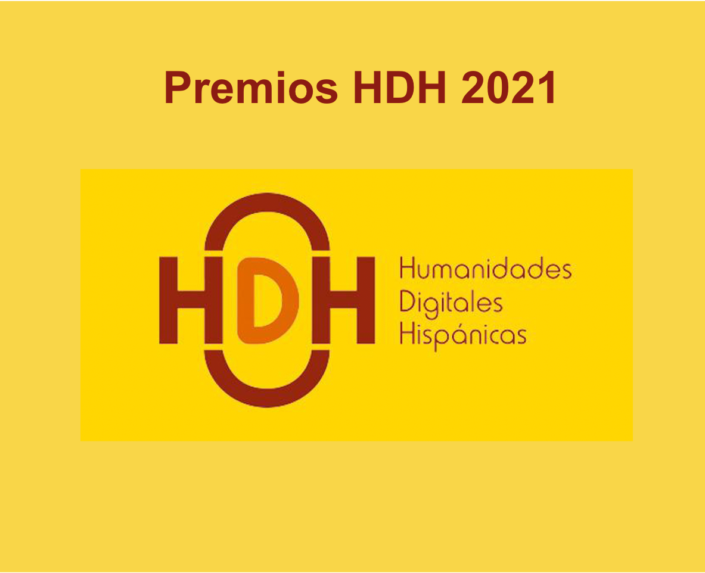
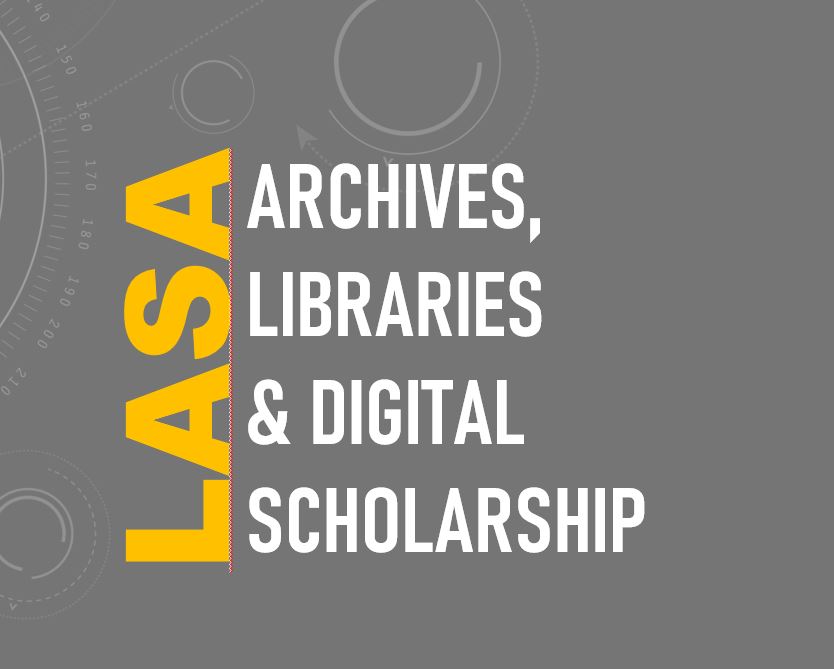

7. Funding
These materials were created with funding from a 2019 ACLS Digital Extension Grant “Ticha: advancing community-engaged digital scholarship” (PI Lillehaugen). Any opinions, findings, and conclusions or recommendations expressed in this material are those of the authors and editors and do not necessarily reflect the views of the ACLS.
We are very grateful to ACLS for this support. The funding allowed us to hire Dr. Felipe H. Lopez as a full time post-doctoral scholar in Community Engaged Digital Scholarship for the AY 2020-2021; this was the first time we were able to fund a Zapotec collaborator to work full time on the Ticha project. We also are appreciative of the flexibility the grant managers showed as we navigated the changing seas that 2020 brought, having to rethink our initial methods, which were centered around travel and in-person workshops.
Additional funding and support was provided from the Haverford College Office of the Provost, Haverford College Libraries, and the Center for Peace and Global Citizenship at Haverford College.
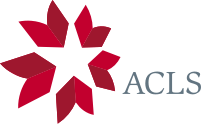
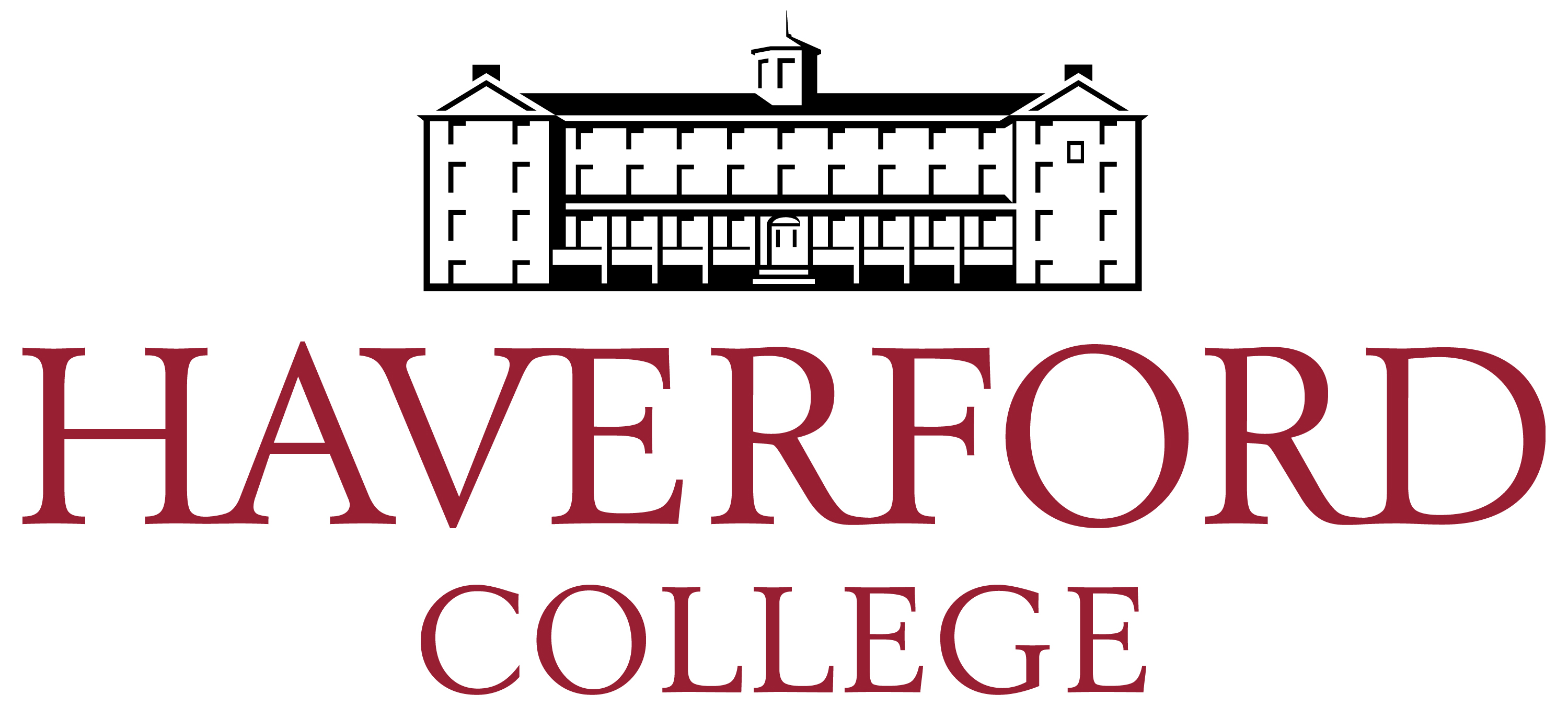
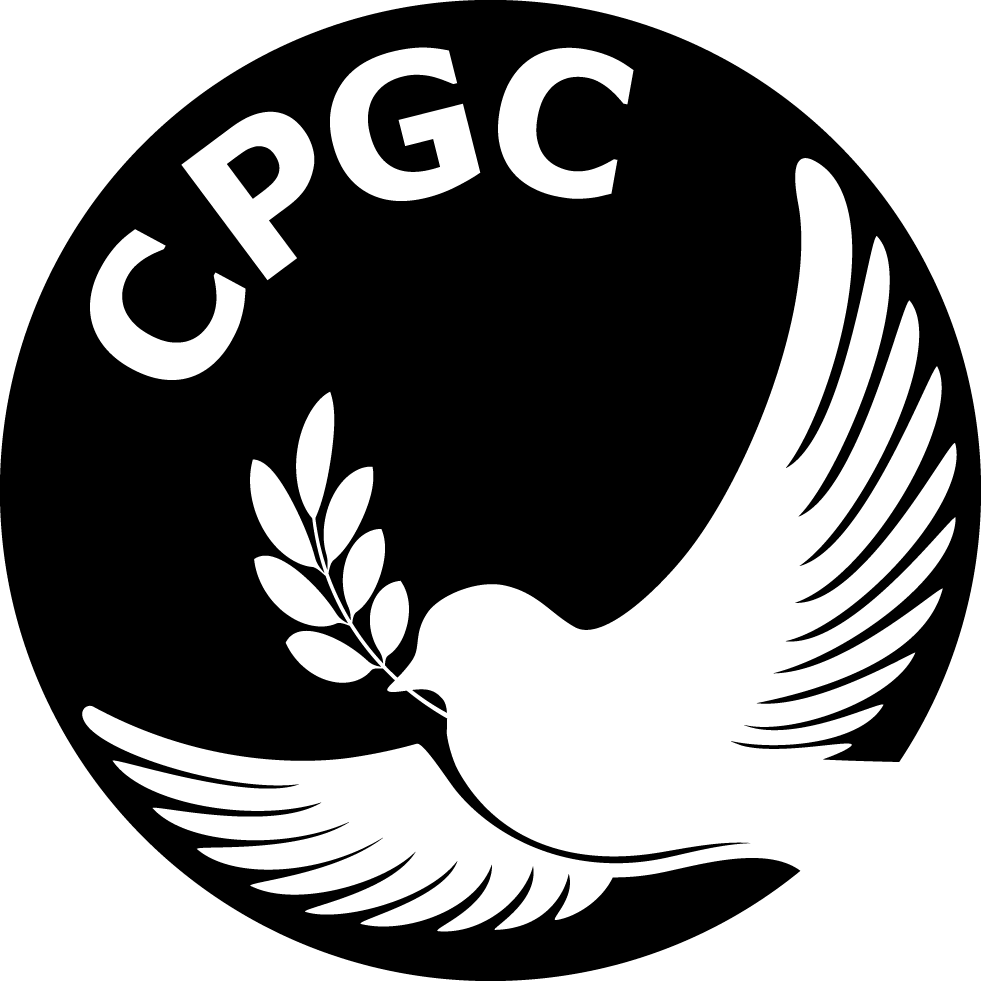
Works cited
Broadwell, George Aaron, Moisés García Guzmán, Brook Danielle Lillehaugen, Felipe H. Lopez, May Helena Plumb, & Mike Zarafonetis. 2020. Ticha: Collaboration with Indigenous communities to build digital resources on Zapotec language and history. Digital Humanities Quarterly 14(4). Online: http://digitalhumanities.org/dhq/vol/14/4/000529/000529.html.
Lillehaugen, Brook Danielle, George Aaron Broadwell, Michel R. Oudijk, Laurie Allen, May Helena Plumb, & Mike Zarafonetis. 2016. Ticha: a digital text explorer for Colonial Zapotec, first edition. Online: http://ticha.haverford.edu/.